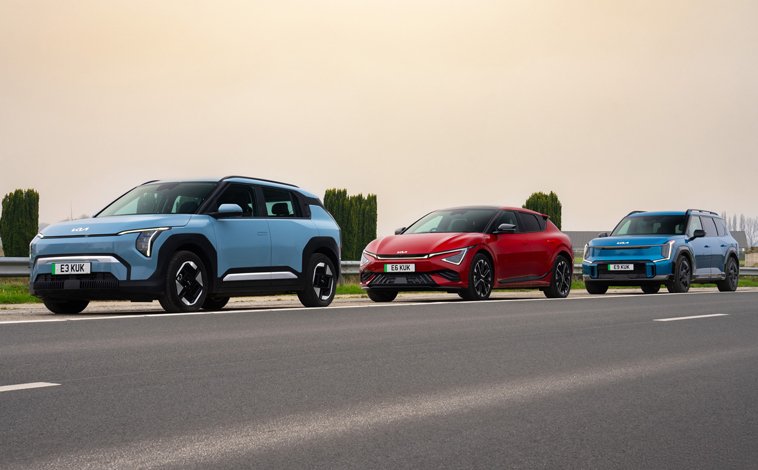Nissan puts safety top of its priorities
December 27, 2022
Placing safety at the forefront of its ambitions, Nissan continues to push the limits to reduce the number of deaths from accidents involving its vehicles, including EVs.
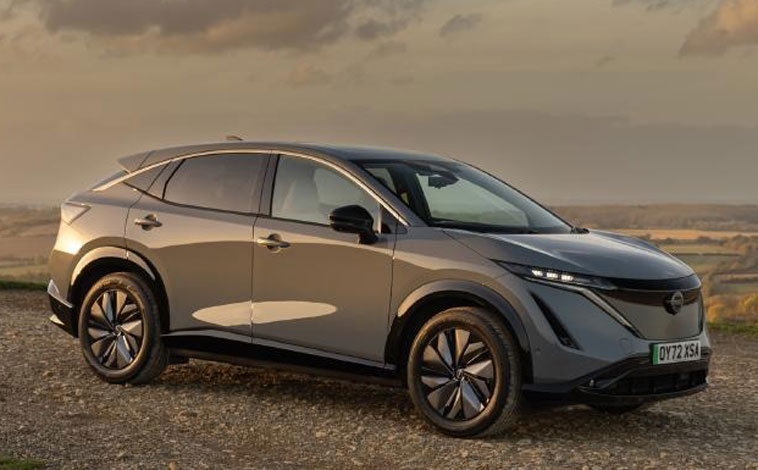
In November 2021, Nissan unveiled Nissan Ambition 2030, its long-term vision for empowering mobility and beyond for a cleaner, safer and more inclusive world.
Ensuring each vehicle, including the Ariya, Nissan’s all-electric crossover is subject to rigorous crash testing to meet the highest safety standards in the event of a collision is vital to achieving this goal.
At the Nissan Technical Centre in Atsugi, Japan, a highly trained team of engineers puts Nissan’s flagship EV through hundreds of extensive tests including frontal-side- and rear-impact collisions, as well as those that simulate accidents when pedestrians are on the road. All needing as little as 1/1000th of a second to ensure the Ariya meets the stringent standards Nissan has set for itself.
“More than 100 data points are evaluated on the Ariya,” said Gen Tanabe of the Passive Safety Evaluation Group. “Because the upcoming Ariya will be sold in many markets, we will conduct more than 400 tests from the early stages of development to market launch.”
Results reveal that the Ariya’s body and unique cabin structure, make it possible to absorb a variety of impacts offering superior protection for drivers and passengers.
Engineers from Nissan’s Passive Safety Evaluation Group measure the force of potential impact on the vehicle’s body and structural components, as well as its effects on the driver and passengers via test dummies of various sizes and body types equipped with multiple sensors that record simulated injury levels to vital areas of the body.
Leveraging Nissan’s extensive know how in electric mobility from the past decade, many of the testing procedures employed for the Nissan LEAF have been adapted for the Ariya, allowing Nissan to set its own safety standards – often more comprehensive than those required by regulators.
For example, because Ariya’s EV battery pack is high voltage, the safety engineers needed to ensure it retained its structural integrity in the case of a crash without the electrodes leaking.
Serving as the basis for developing safer vehicles, Nissan’s proposition includes active and passive safety measures to protect the vehicle’s occupants in a variety of scenarios. The overall goal is to prevent collisions where possible and, in case of unavoidable collisions, mitigate damage and injuries.
Latest News
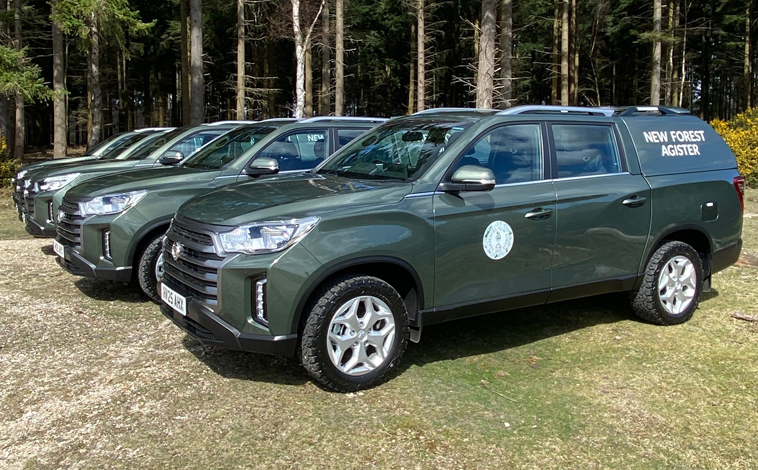
Duty calls for five KGM Musso pick-ups
KGM Motors UK, formerly SsangYong, is proud to support the Verderers of the [...]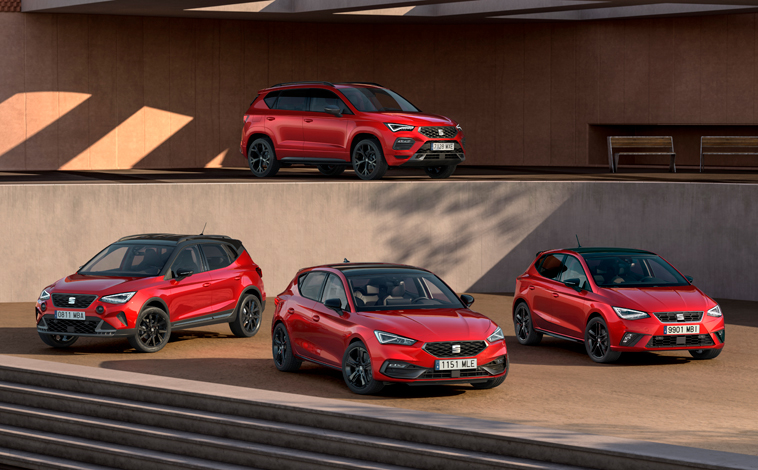
SEAT launches a new Black Edition trim
Order books for the SEAT Black Editions have opened with drivers offered the [...]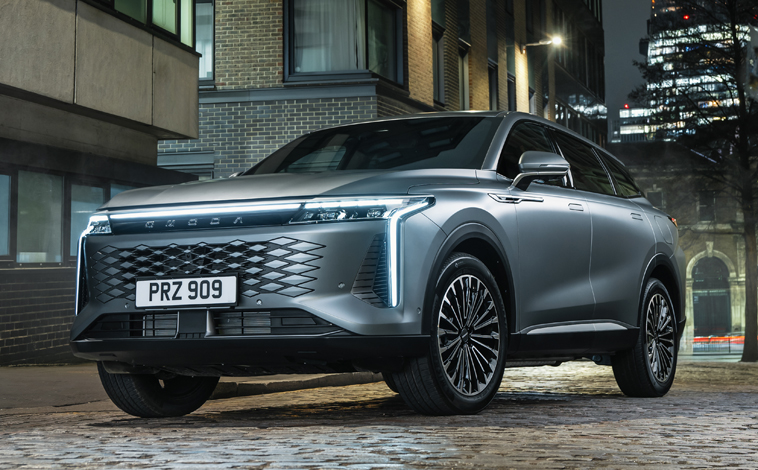
OMODA announces new model pricing
OMODA has officially revealed pricing and opened the order books for its flagship [...]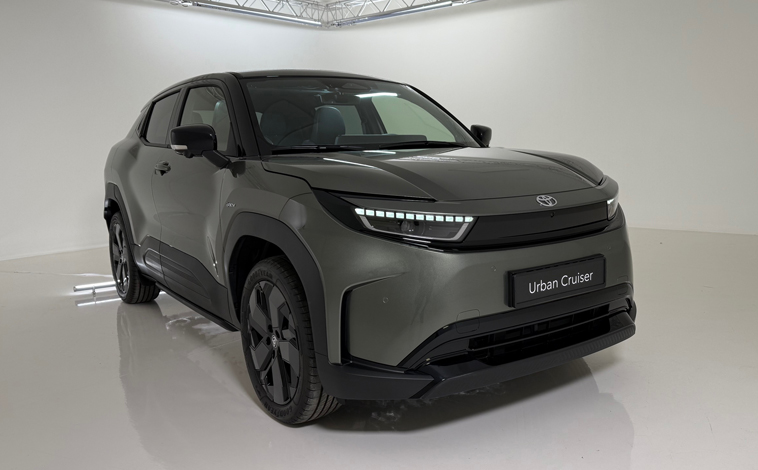
Toyota unveils its new Urban Cruiser
Toyota has officially launched its all-new compact SUV, the Urban Cruiser, at its [...]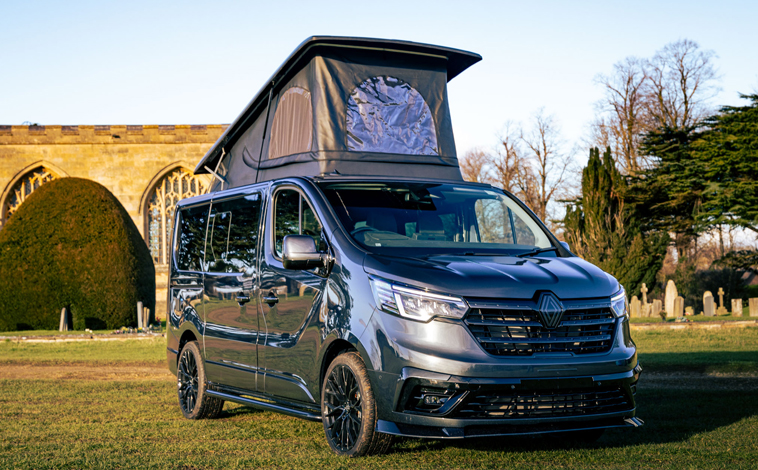
Carry on camping with Renault Trafic
The Renault Trafic is proving the perfect model for a brand new, off-grid, [...]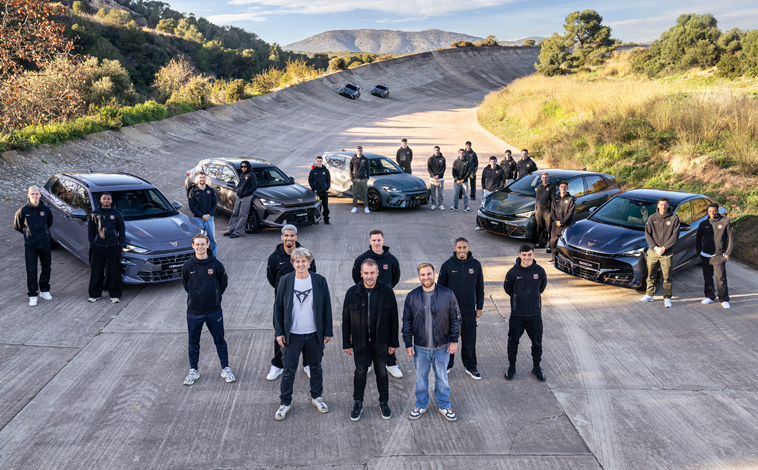
Barcelona players go track racing
Barcelona men’s football team players customised their new CUPRAs, after testing them during [...]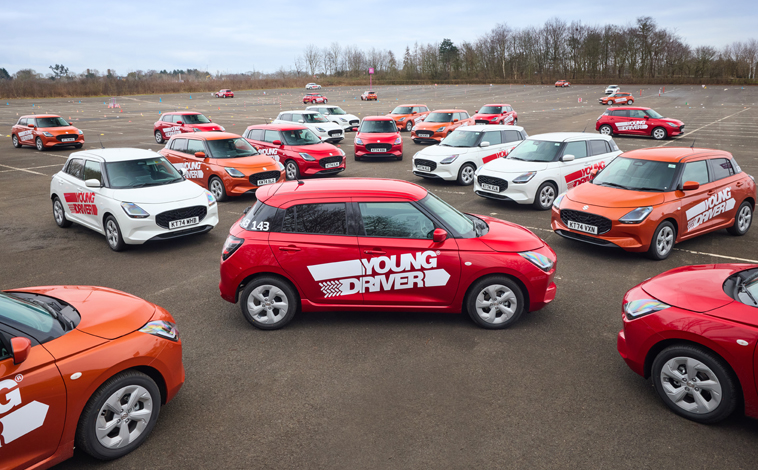
Suzuki Swift to Young Driver’s rescue
Young Driver, the UK’s foremost under-17s driver-training company, has just taken delivery of [...]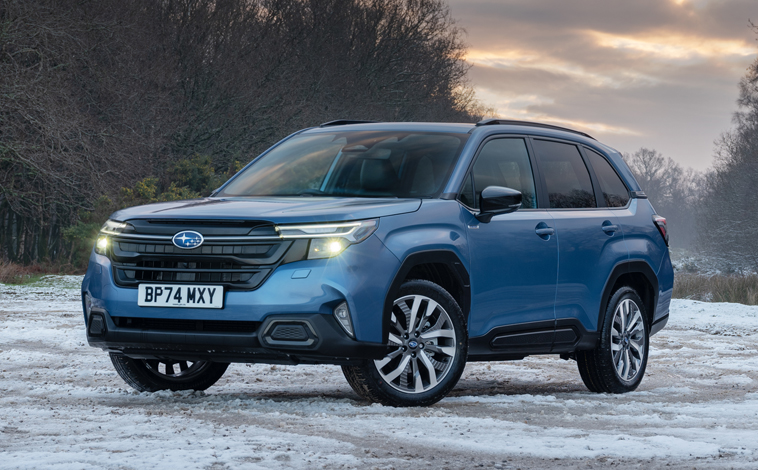
New Subaru Forester is right on track
Subaru UK & Ireland has announced the pricing and specifications for the all-new, [...]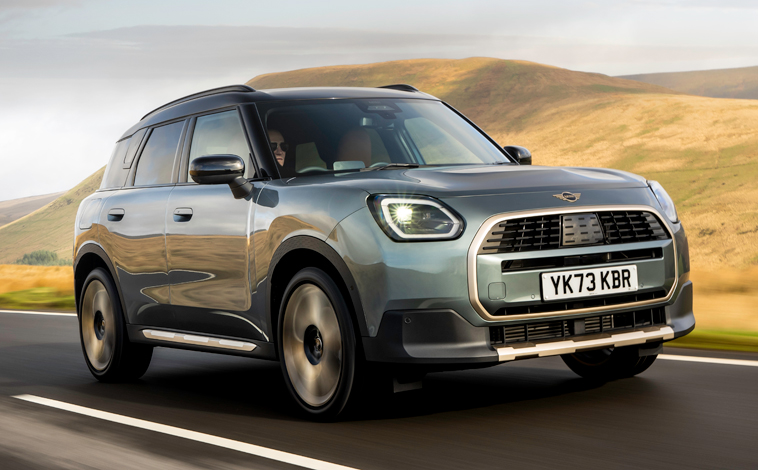
Optional upgrades for the MINI family
Following the successful launch of the new MINI family, a range of additions [...]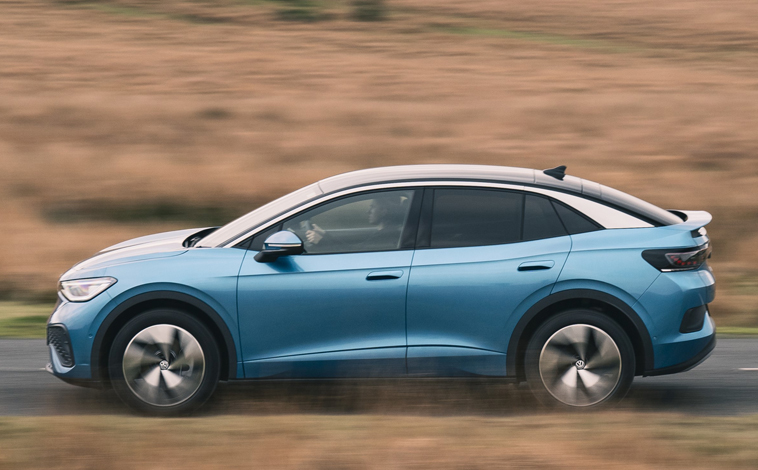
Save £1,000 when ordering a new VW EV
Anyone ordering a new Volkswagen electric vehicle between now and March 3 this [...]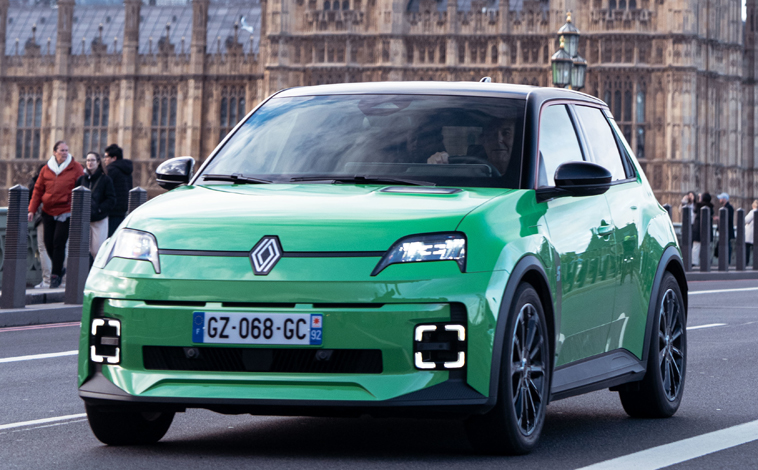
Get priority access to the new Renault 5
The Renault 5 E-Tech electric is available to order for R-Pass customers, giving [...]
Inster Cross has an adventurous side
Hyundai has announced pricing and specification for the Inster Cross, the all-new EV’s [...]
WWCOTY announces its finalists for 2025
The Women’s Worldwide Car of the Year (WWCOTY) has announced the winners of [...]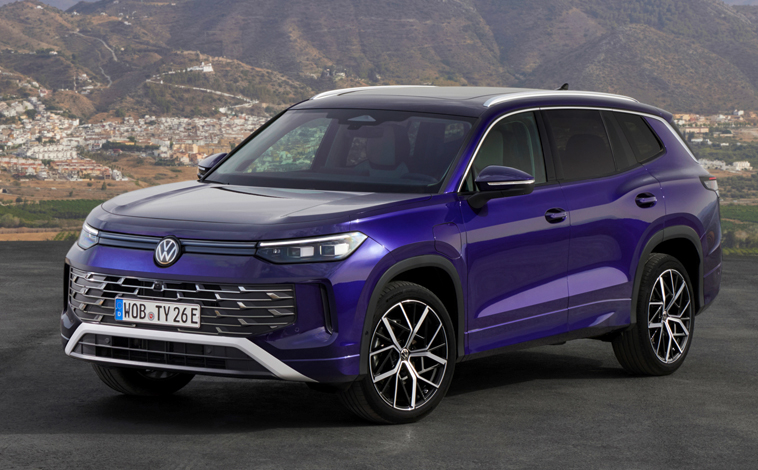
Prices announced for VW’s new Tayron
The all-new Volkswagen Tayron goes on sale in the UK on January 9 [...]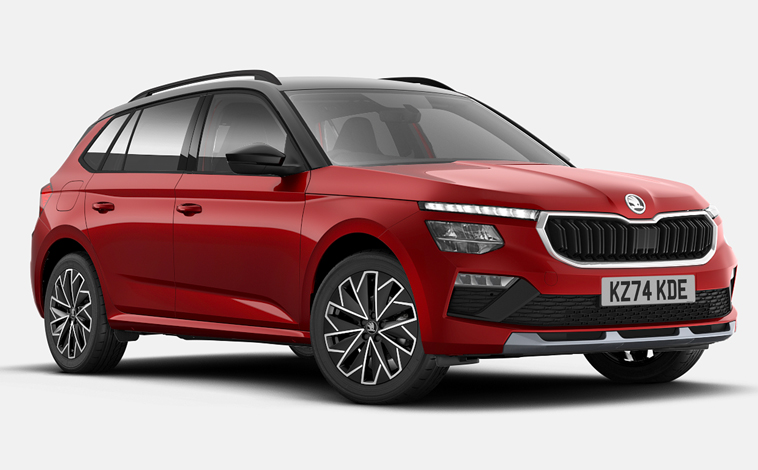
Skoda adds Design trim to Kamiq range
Škoda is building on the success of its award-winning Kamiq range by adding [...]